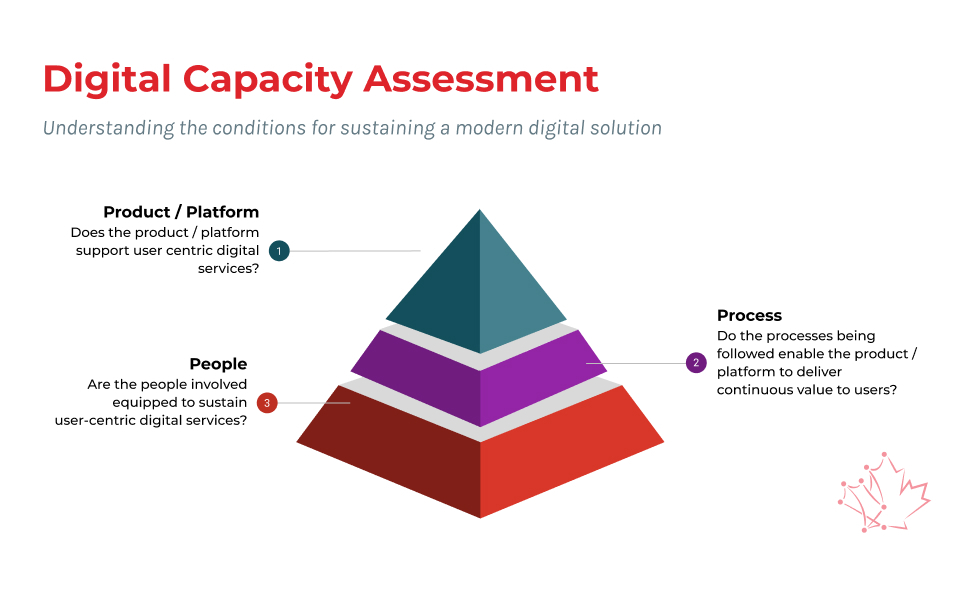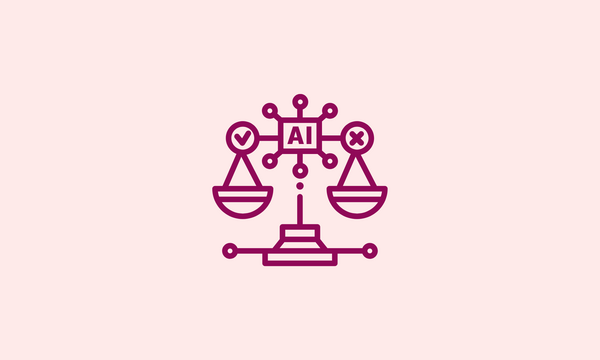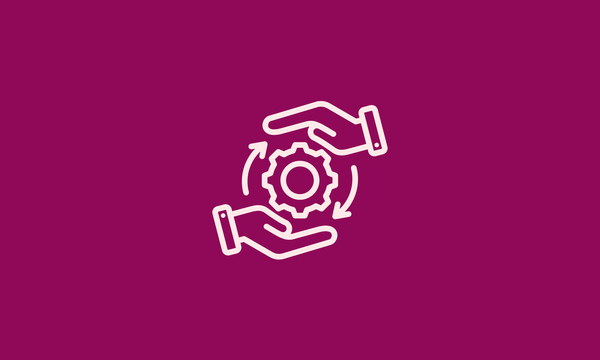
How We Helped Nova Scotia Find the Right Option for Replacing Legacy Technology
A service that can’t meet the needs of its users is a failed service. Across Canada, essential public services are often offered using legacy technologies and systems, which pose a higher risk of service failure, but can be difficult to update or replace.
Nova Scotia’s Department of Cyber Security and Digital Solutions (CSDS) takes that risk seriously. They’ve started a two-year pilot to examine the government’s legacy digital products and services and find ways to upgrade, replace or retire them.
But what is the most effective way to assess legacy technology? We partnered with the CSDS to assess and recommend the best step forward for a legacy system, while establishing an effective way to evaluate other legacy technologies in the future.
The Challenge
Nova Scotia’s Department of Education and Early Childhood Development (EECD) had a legacy tool that wasn’t meeting user needs.
The “Nova Scotia School Book Bureau” is a service that lets educators across the province order approved learning resources, like books, for their students. It’s a valuable offering, but the Book Bureau’s website was built years ago and has had minimal updates, leaving educators with a difficult-to-navigate and often frustrating user experience.
The CSDS and EECD wanted an actionable strategy to modernize the website and make sure it met users' needs. That’s where Code for Canada came in.
Our Approach
The challenge was a perfect fit for Code for Canada’s Options Analysis service, which helps organizations assess their technology needs and choose the right path forward.
Our team worked with the CSDS and DEECD to:
- Research the current state of the Book Bureau service
- Explore alternative solutions
- Recommend the best path forward with the least amount of risk
We conducted a high-level website assessment during the research stage, before digging into further detail. We focused our research on three key elements:
- People - They conducted internal and external interviews to understand the needs and experiences of educators using the Book Bureau’s website and EECD staff delivering the service
- Process - They watched demos of existing business processes and reviewed business procedure documents to identify the current workflow
- Technology - They watched a demo of the Book Bureau website and conducted an environmental scan to analyze the existing technology systems and tools

Once we’d conducted our research, they had plenty of information to explore alternative solutions.
Our “people” research found that having a list of approved classroom resources was valuable to educators. But, it also revealed that users found the Book Bureau website challenging to navigate, especially compared to private services like Amazon.
The “process” research found many potential improvements, including clearer indications of when educators could expect an order to arrive, better descriptions of resources, and listed grade levels for resources.
The “technology” research found that, while several existing internal solutions might work as a replacement for the Book Bureau website, none were a perfect fit. Instead, we looked at different external e-commerce solutions that might be a better alternative.
The Results
Once we’d thoroughly researched the current state of the Book Bureau website and explored alternate solutions, it was time for our final recommendation.
After considering whether it made sense for the DEECD to build a new website themselves, partner with an external vendor to create a new website, or simply procure an off-the-shelf external solution, we recommended that they procure a solution from Shopify.
The recommendation had several key benefits, including:
- Faster implementation
- Cheaper capital and operating costs
- Little to no risk of vendor lock-in with a competitive market and agile procurement approach
The CSDS and EECD were happy with the recommendation, which better fit their people, process and technology needs. They are now working with their procurement colleagues to explore a potential path forward.
We also created a robust report documenting all our findings and a road map to test and implement the solution once it is procured.
Perhaps most importantly, the CSDS is looking to use our Options Analysis framework to assess other legacy technologies. This will let them update their existing systems more efficiently, ensuring a reduced risk of service failure and better service delivery to people across the province.
Work With Us
Inspired? Our Options Analysis service can help you understand your technology needs and find the right path forward. Get in touch today to book an introductory call.
Book A Call
End of articles list











